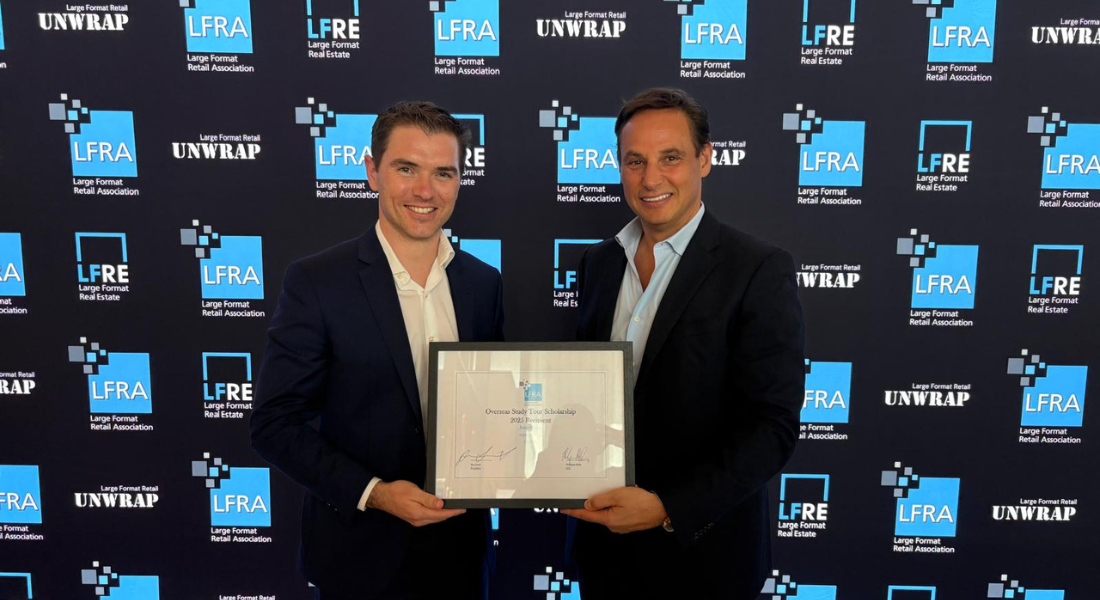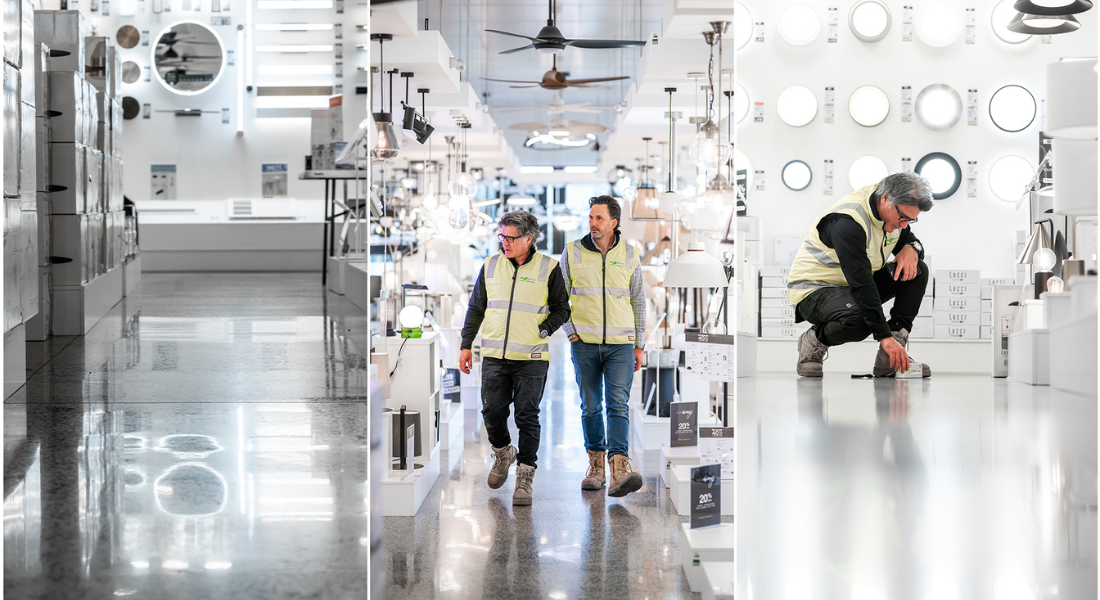Implementation of NSW Department of Planning Employment Zones Reform

The New South Wales Government has committed to the implementation of its Employment Zone Framework, streamlining 12 existing zones into 5 new employment zones, and 3 supporting zones, via the Standard Instrument (Local Environmental Plans) Order 2006. These new zones will take effect from 26 April 2023.
The intention was to ensure zones are ‘fit for purpose’ to address current barriers that businesses face in the planning system and supporting strategic vision of Local Councils. It is hoped this reform will increase productivity while minimising land-use conflict.
As mentioned in previous Unwrap articles, this new instrument will greatly increase the volume of land where Large Format Retail can be developed.
The framework addresses trends, exacerbated by the COVID-19 pandemic, such as the rise of online shopping, the need for freight and logistics, the significance of local hubs, flexible work arrangements, the continued rise of multi-use businesses and the experience economy.
The NSW Department Planning and Environment is seeking simplification by creating fewer, yet broader, zones.
The 5 zones are broken into:
- Employment Zones which have the ‘primary objective to promote employment-generating activities’:
- E1 – Local Centre
- E2 – Commercial Centre
- E3 – Productivity Support
- E4 – General Industry
- E5 – Heavy Industry
- Supporting Zones which intend to ‘accommodate land uses in existing Business (B) or Industrial (IN) zones that are not primarily productivity related’:
- MU1 – Mixed Use
- W4 – Working Waterfront
- SP4 – Enterprise
Predominantly, the land zoned B5, B6 & B7 has become the E3 Productivity Support Zone. The E3 Productivity Zone is a mix of industrial, commercial, creative, warehousing and emerging new industries that need larger floor space.
The mapping for the employment zones will be delivered digitally via the NSW Planning Portal in most cases, except where a council has elected to remain with the PDF mapping.
LFRA members were given some insights into the reforms at the recent NSW Forum by Andrew Duggan, Director of Ethos Urban Planning. Mr Duggan has 20 years of experience in the NSW property and development sector, as both a town planner and environmental planning lawyer.
He spoke about the benefits and challenges the changes present to the Large Format Retail industry.
The E3 zone is generally broader than its current zone, either being B5, B6, or B7, whereby additional land uses will now be permitted.
For example, highway service centres, vehicle repair stations, and gyms are commonly identified additions to such permitted uses.
The E3 zone encourages complementary uses such as offices, retail, indoor recreation, as well as food and drink. However, in many of the LGA’s the land use table does not permit this.
It is also designed for businesses that are not suited to a commercial centre location, and generally represents a lower land value compared to commercial office uses.
The E3 zone will usually be located along key corridors entering commercial centres.
The B7 zone for commercial uses, traditionally did not permit Large Format Retail. However, as this is now captured in E3 zoning it now will.
Mr Duggan also touched on the creation of the ‘SP4 Enterprise’ zone, which is very open-ended, with the only mandatory objective being to ‘provide for development and land uses that support enterprise and productivity’.
And as a result, may become the substitute for the existing ‘B7 Business Park’.
However, under the latest legal changes, local councils will no longer be compelled to permit restaurants in this zone.
The previous mandatory permissible land use of ‘food and drink premises has been narrowed to takeaway food and drink premises.
Mr Duggan noted food and drink as a missed opportunity, with food and drink premises not being mandated to be used in the E3 zone, such as cafés and restaurants. This means there will not be consistency in how these E3 zones operate for both workers and consumers.
Takeaway food will be permissible, however, if takeaway food is combined with a cafe and/or a restaurant it is the takeaway component that must be in predominant use.
Another critical element to the reform is the introduction of the Industrial Lands Policy, which is being reviewed in conjunction with the Employment Zones Framework.
Mr Duggan acknowledged that the policy has been criticised for not being flexible enough to adapt to Sydney’s changing economic needs.
Overall, the reforms to land use zones within every NSW council are potentially significant and will alter permissible land uses.
These changes may also alter the local provisions and site-specific provisions applicable to Large Format Retail sites.
LFRA members are advised to keep up to date with the changes and to contact Ethos Urban if they have any further queries. Unwrap will provide further updates as they occur.




